Chickpea flour is a gluten-free flour, which is most commonly found in Indian cuisine. Over time, it managed to become a competitor to the widely used wheat flour and establish itself as a worthy and affordable substitute.
Most often you can find it as a main ingredient in well-known foods such as hummus and falafel. When you hear chickpea flour most of you will think that it is just grinded chickpeas, but the truth is not exactly that.
There are several different types of this flour, the main difference between them being that they are made from two different types of chickpeas. The first is with the Kabuli variety, which is also the most common type of chickpeas, colored in a bright brown color and most people are familiar with it.
The second type of chickpea is the Desi variety, which is smaller and coarser. It comes in darker colors, that range from green to brown to almost black, depending on when the seeds are harvested.
The traditional type of chickpea flour, sometimes called besan, is made from the brown version of the Desi chickpeas, which is also known as the Bengal chickpeas. To obtain the flour, the chickpeas are dried, the husk is removed and only the inner seed is separated.
The resulting split chickpeas are sometimes called chana dal, which can cause a bit of confusion as the word dal often refers to lentils. The peeled and chopped Desi chickpeas closely resemble yellow lentils. In fact, lentils, peas and chickpeas all come from the same botanical family, but are different species.
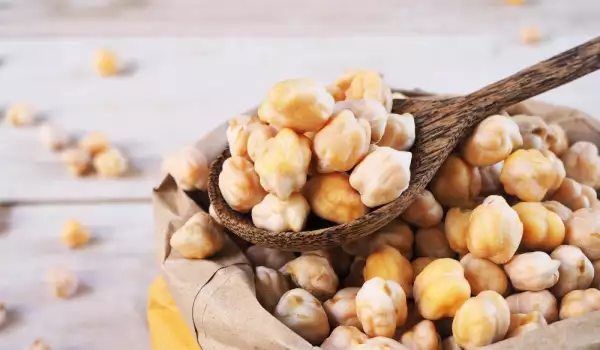
There are two main types of chickpea flour. The first is obtained by grinding the seed of the Desi variety into a fine powder. This is the version also known as besan.
The second option is by grinding dry Kabuli chickpeas to make the more common and affordable flour.
Both products are similar, though not identical. Besan, which is made from Desi chickpeas, is finer and thicker. In contrast, chickpea flour, made from the common and more affordable type of chickpeas, is coarser and fluffier.
The taste of both is similar, the main difference being the amount of liquid required to make a dough of the same consistency. From the two types, Besan requires less water.
Chickpea flour can easily replace standard thickeners in various recipes for baked dishes and the much-hyped veggie burgers, as a thickener for sauces, soups and stews, as well as for preparing various types of pastries and dough-based products, such as pancakes.
It's also a great ingredient to combine with other gluten-free flours to make a variety of breads, cookies and rolls.
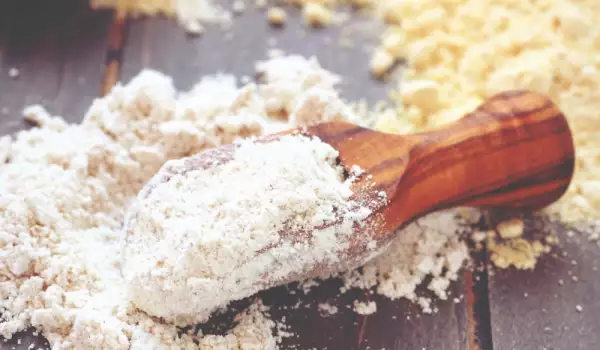

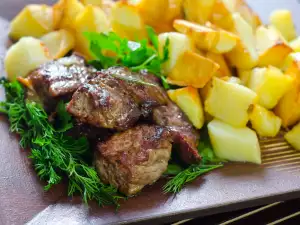
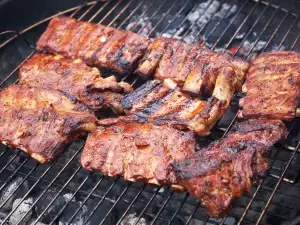

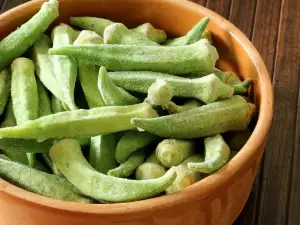


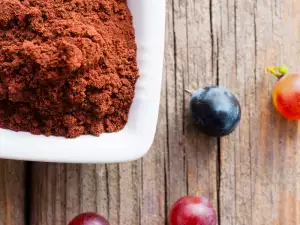

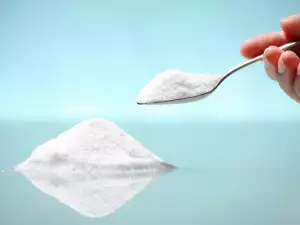
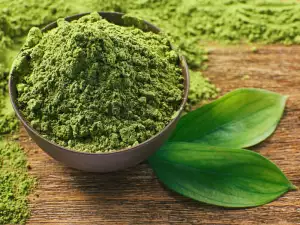
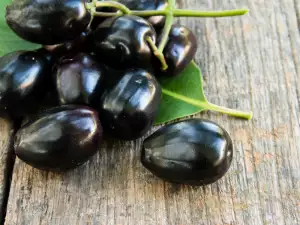

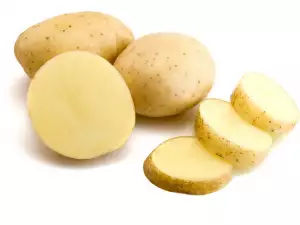
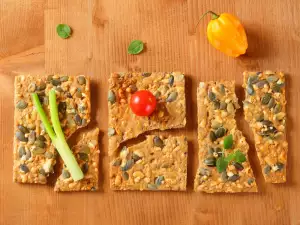




Comments